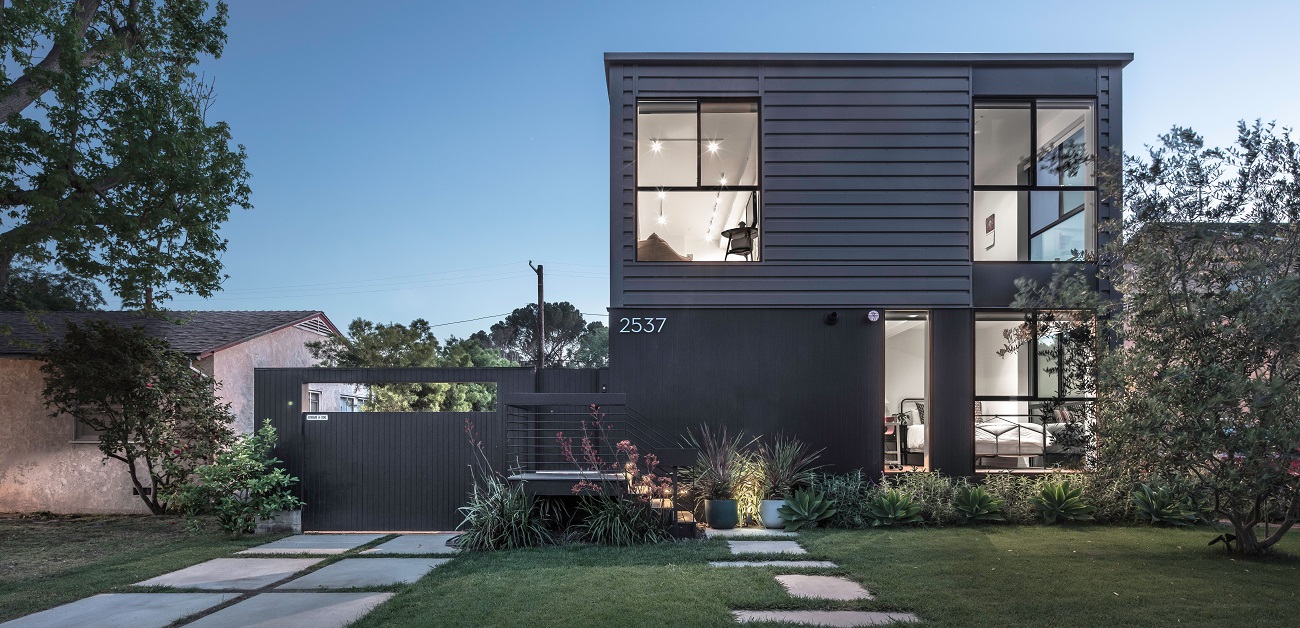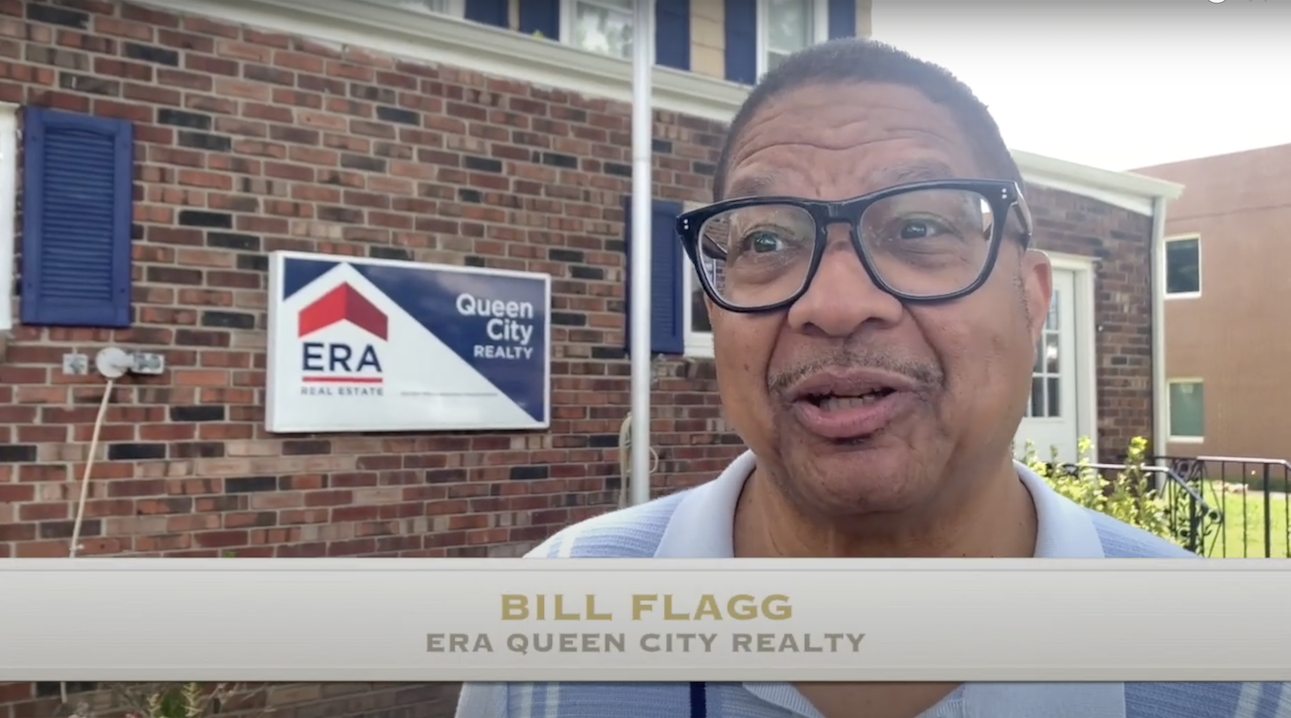
Sheri Koones never expected to become an expert on prefabricated homes. The speech pathologist turned fashion executive—and longtime apartment dweller—had little experience with home building when she purchased a house in the early 2000s that needed extensive rehabilitation. She took a sabbatical from work and threw herself into the project. Frustrated by a lack of information on the topic, Koones decided to compile everything she learned during the project into a guide for anyone building, rebuilding or remodeling. The book, From Sandcastles to Dream Houses, was quickly snapped up by a publisher and found acclaim from homeowners and industry professionals alike. “Architects tell me that they keep that book on their desk as a reference,” says Koones.
Despite the success of the book, Koones still intended to return to work in the fashion industry. But two events happened to change her mind: A friend invited her to watch a modular home being installed, and Koones’ publisher offered her a contract for two additional books. Fascinated by the modular home industry, Koones asked if one of the two books could focus on that. The publisher was delighted and quickly said yes.
Koones had found her calling.
Since then, Koones has published an additional five books on prefabricated homes and has become an in-demand journalist and speaker on real estate topics. Her new book, Prefabulous for Everyone, is due out April 18 and will be the sixth in her “Prefabulous” series.
The new book includes the latest trends and innovations in prefabricated homes, which are built in factories and then shipped and assembled on site. Koones says the book can be a guide for real estate agents who want to help their clients with prefab options. “I keep on top of what’s going on in the industry. I research the technology and what is possible,” says Koones. “Above all, I keep track of what people really want in a house.”
Prefabulous for Everyone features 24 houses across the U.S. and Canada, showcasing the wide range of options available in prefab. The book includes floor plans, interior and exterior photos, homes at a variety of price points and even several accessory dwelling units. And a resources section lists the manufacturers, appliances and amenities for each property.
People who think of the modular homes of the 1970s may be surprised by what they see. “I had a friend say ‘Oh, those tacky, ugly houses.’ But that’s not the case any longer,” says Koones. “You can have all the quality of a conventional house in modern prefab homes. There are even modular mansions these days.”
The prefabricated homes that Koones features are also different from manufactured homes, more commonly known as trailers or mobile homes. A prefabricated home has a traditional foundation and is considered real property once completed on site. Prefabricated homes, unlike manufactured homes, can also qualify for conventional financing.
The two major types of construction that Koones features are modular and kit homes. Modular homes are essentially “plug-and-play”—a finished home is delivered to your foundation and installed. Kit homes require the pieces and components to be assembled.
One of the major benefits of prefabricated homes, Koones says, is that they’re less expensive to construct. In 2022, the average cost to build a prefab home ranged from $50 to $100 per square foot. A traditionally built home averages $150 to $250. And because components are built in a controlled environment, construction isn’t typically affected by weather delays or scheduling conflicts, which means shorter construction time and lower costs. The shipped modules also include wiring, insulation, HVAC, plumbing, windows and doors already installed, minimizing the onsite work needed. In addition, inspections are handled at the factory rather than on the build site—yet another time-saver.
With all the options—and cost and time savings—involved, Koones says it’s easy to win fans. “When people become educated about prefab, they ask me, ‘How can I build one of these houses? Who do I call?’” says Koones. “It’s the best-kept secret in real estate.”
Prefabricated homes can also offer significant sustainability and energy-efficiency features. Some of the homes featured in Prefabulous for Everyone incorporate innovative building materials, such as structural insulated panels. SIPs are building panels comprised of an insulating foam core sandwiched between two structural facings. The result is a building system that is strong, energy-efficient and cost-effective; SIPs are estimated to be about 50% more energy-efficient than traditional timber framing.
Other homes featured in the book are built in the “passive house” tradition, a voluntary set of building standards that aim to create comfortable, energy-efficient properties through the use of added insulation, airtight construction, optimized windows and balanced ventilation. Proponents estimate that energy bills for passive homes are up to 90% lower than conventional homes.
Koones was so confident in the eco-friendly qualities of the homes she was profiling that she reached out to actor and environmentalist Robert Redford to write the foreword for her first “Prefabulous” book. Though they had no previous acquaintance, Redford was so impressed by what he saw that he agreed to write the foreword. Redford returned to contribute forewords for the next three of Koones’ books in the series. As he wrote in Prefabulous + Sustainable, “The houses in this book show that beautiful houses can be built that will be kinder and gentler to the environment.”
Of course, prefab houses also have a downside. Lenders will often impose a higher mortgage rate on a prefab house than a conventional one, and prefab builders typically expect payments on a tighter schedule. Local zoning can also be an issue, particularly for ADUs. In addition, the current market for prefab homes mostly centers on new construction; buyers need to have a plot of land for installation.
There are also questions about resale value, though some historical precedent exists to attest to the long-term value of prefab homes. From 1908 to 1942, Sears sold approximately 75,000 kit homes in 400 styles throughout the U.S., many of which are still in the nation’s housing stock and are often sold without identification. There are likely families currently living in prefab houses without realizing it. And in 2019, one of Frank Lloyd Wright’s prefab, concrete Usonian Automatic homes from the 1950s went on sale in Manchester, N.H., for $850,000. Similar models were originally sold for $10,000.
Could it be that these 20th-century prefab homes were just ahead of their time? Koones certainly believes they are the wave of the future. “Prefab is more efficient, more sustainable, less expensive,” she says. “I believe this is a trend that’s taking off.”



